Imagine this: you’ve whipped up a classic vinaigrette with Dijon mustard, olive oil, vinegar, and maybe a touch of honey or maple syrup. It’s good—solid, even—but not quite fireworks-in-your-mouth amazing. What if I told you that all it takes is one bold spice to elevate your dressing from “meh” to magnificent?
This guide delivers actionable spice innovations specifically for home cooks and salad enthusiasts seeking to transcend basic dressings. You’ll gain practical, globally-inspired techniques to transform ordinary vinaigrettes into conversation-starting culinary experiences without requiring professional equipment or rare ingredients.
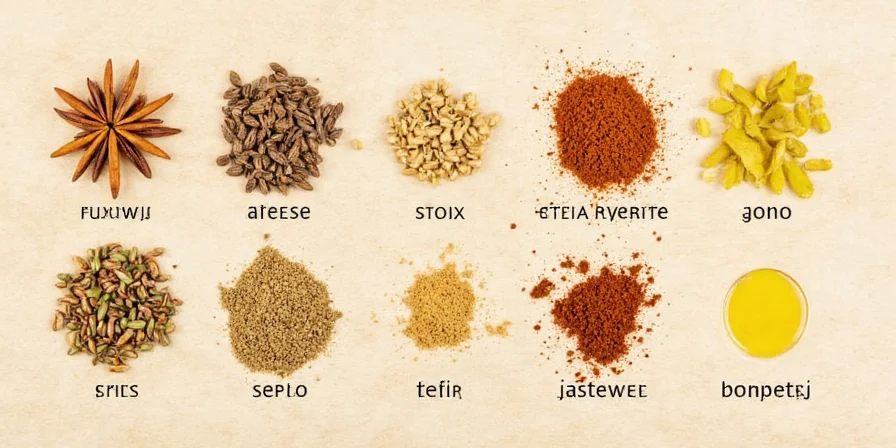
Table of Contents
- 1. Smoked Paprika – Sweet Heat Meets Tangy Zing
- 2. Ground Coriander – Citrusy Complexity in Every Sip
- 3. Black Sesame Seeds – Nutty Earthiness with Visual Flair
- 4. Sumac – Bright & Tart for a Mediterranean Kick
- 5. Garam Masala – A Symphony of South Asian Spices
- Pro Tips for Perfect Spice-Infused Vinaigrettes
- Conclusion
- Frequently Asked Questions
1. Smoked Paprika – Sweet Heat Meets Tangy Zing
If your Dijon vinaigrette is the serious type—always dressed sharply in its Sunday best—then smoked paprika is the playful friend that makes it loosen its tie and enjoy life.
This spice brings a gentle smokiness that pairs beautifully with the sharpness of Dijon. Think of it as adding a whisper of campfire to your salad experience. Plus, it gives your dressing a gorgeous deep red hue that screams “artisan-made.”
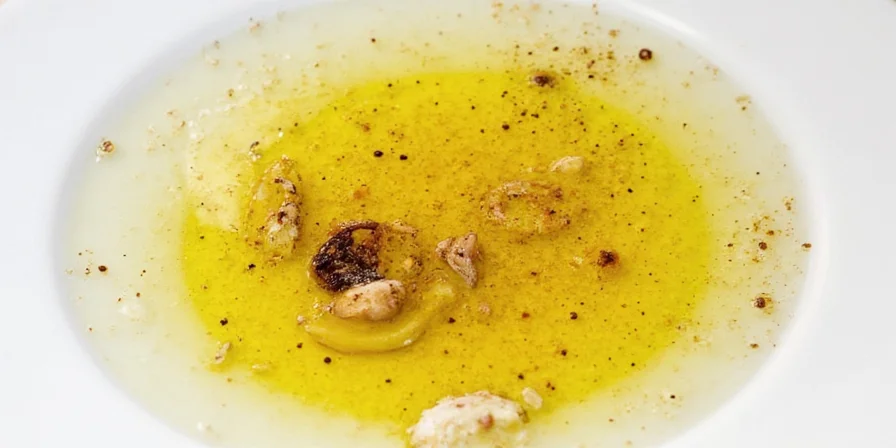
Why It Works:
- Smoked paprika enhances umami without overpowering other flavors.
- Adds visual depth and warmth to your dressing.
- Pairs well with grilled vegetables, meats, and hearty greens like kale.
2. Ground Coriander – Citrusy Complexity in Every Sip
Coriander isn’t just for curries or tacos—it’s also a secret weapon in vinaigrettes. Its earthy, citrus-like notes can bridge the tangy gap between Dijon mustard and acidic vinegar.
A pinch of ground coriander adds an unexpected brightness that complements arugula, watercress, or bitter greens. It’s like giving your salad a subtle spa day on your tongue.
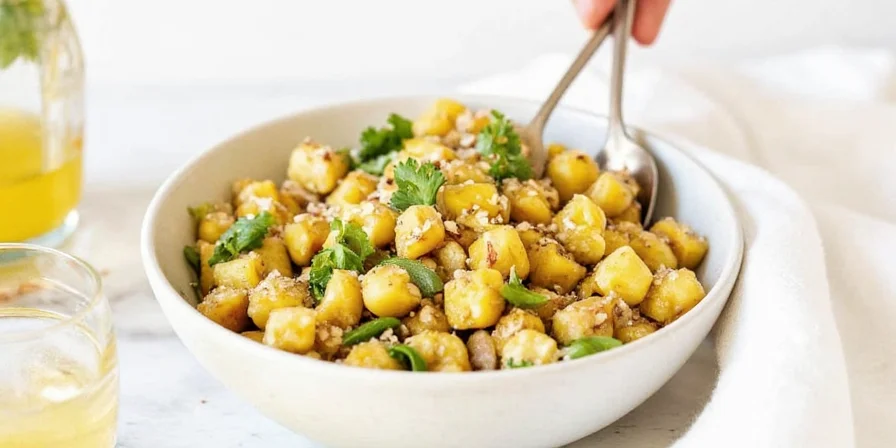
Why It Works:
- Brings out hidden citrus tones in the mustard.
- Makes the dressing more versatile for global cuisines (think Middle Eastern or Indian-inspired salads).
- Offers a smooth, rounded flavor instead of aggressive acidity.
3. Black Sesame Seeds – Nutty Earthiness with Visual Flair
Okay, so technically black sesame seeds are seeds, not spices—but they pack such a punch of nuttiness and visual drama that they deserve a spot here.
Toast them lightly and crush them before whisking into your vinaigrette for a rich, aromatic layer. The black color contrasts beautifully with green salads, making every bowl Instagram-worthy.
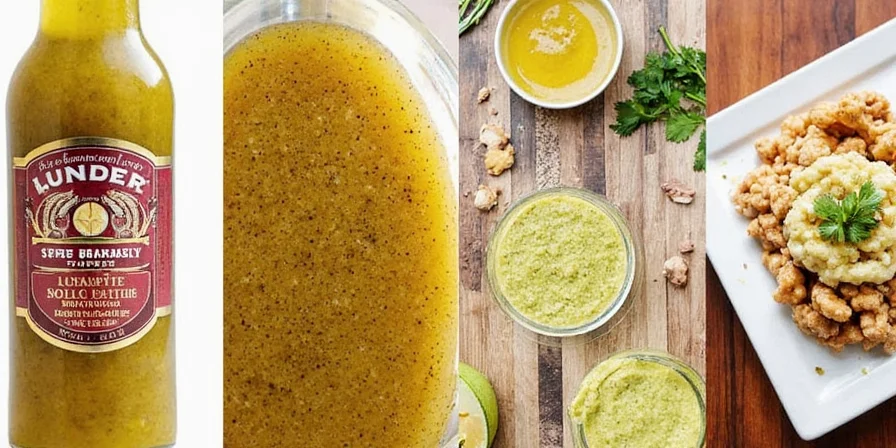
Why It Works:
- Adds texture and visual contrast.
- Earthy richness balances the sharpness of Dijon.
- Perfect for Asian-inspired salads or slaws.
4. Sumac – Bright & Tart for a Mediterranean Kick
If you want to give your vinaigrette a sunny Mediterranean twist, sumac is your new BFF. This bright red spice has a lemony tang that dances well with Dijon’s boldness.
It’s especially magical when drizzled over cucumber-tomato-feta salads or alongside grilled halloumi. Just a dash of sumac turns your dressing into a zesty celebration.
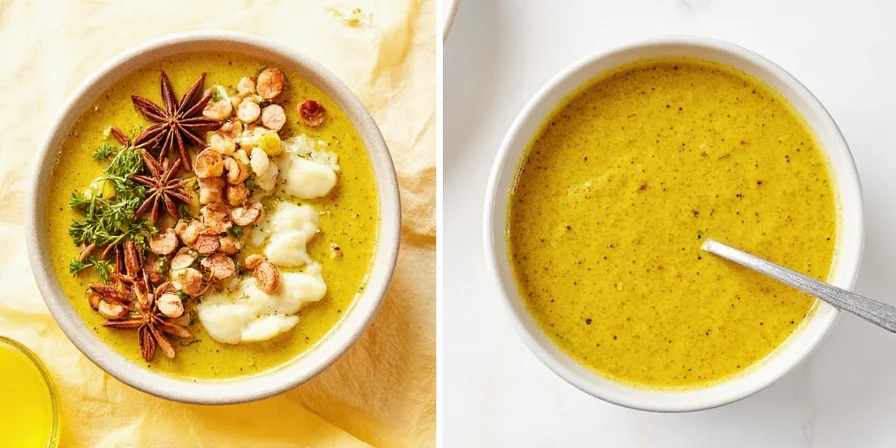
Why It Works:
- Acts as a natural acid booster, reducing need for extra vinegar.
- Brings bright, refreshing notes without sour overload.
- Looks stunning sprinkled on top as a garnish.
5. Garam Masala – A Symphony of South Asian Spices
Garam masala might seem like an unlikely candidate for vinaigrette, but hear me out. This warm, complex blend of cardamom, cinnamon, cloves, cumin, and black pepper creates a savory-sweet balance that plays surprisingly well with Dijon.
Use sparingly—you only need a tiny amount to transform your dressing into something exotic and memorable. Try it on roasted sweet potatoes, chickpeas, or spiced lentils for a truly fusion-style salad.
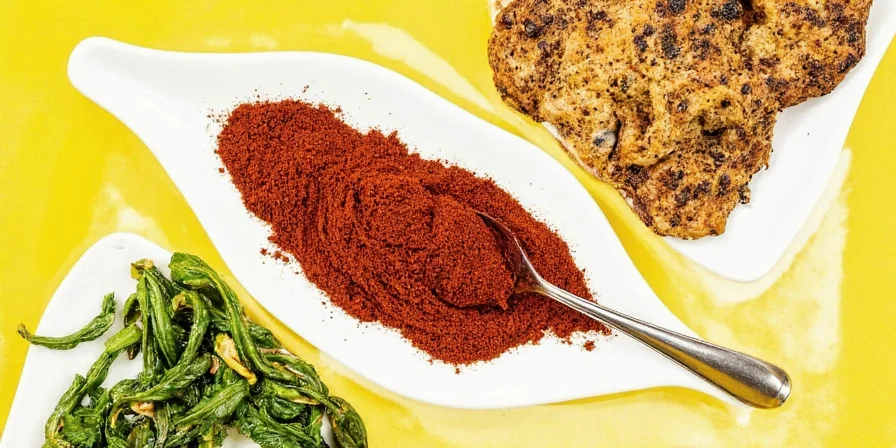
Why It Works:
- Layers warm, comforting flavors into the tangy base.
- Creates depth and intrigue, perfect for adventurous eaters.
- Great for vegan or vegetarian grain bowls.
Pro Tips for Perfect Spice-Infused Vinaigrettes
To maximize your vinaigrette dressing with Dijon mustard, implement these proven techniques:
| Tips | Description |
|---|---|
| 1. Toast Before Adding | Lightly toast dry spices like coriander or cumin before mixing to enhance their aromatics. |
| 2. Start Small | Spices are potent—start with half the amount you think you need, then adjust gradually. |
| 3. Use Oil Wisely | Olive oil carries flavor well, but neutral oils like grapeseed or avocado oil let spices shine more clearly. |
| 4. Emulsify Fully | Whisk thoroughly or use a blender to ensure spices integrate smoothly without clumping. |
| 5. Let It Rest | Letting the dressing sit for 15–30 minutes allows flavors to meld together beautifully. |
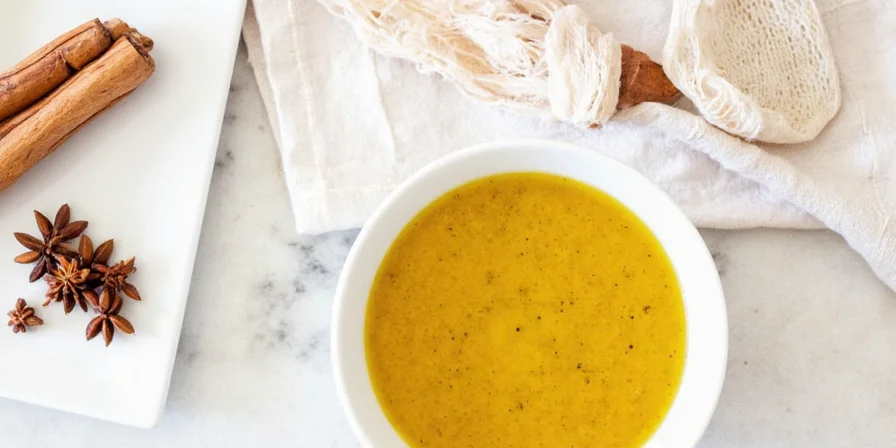
Conclusion
Your standard vinaigrette doesn’t have to be basic. With these five daring spice additions, you can transform your Dijon mustard-based dressing into something extraordinary while connecting everyday cooking to global culinary traditions. Each pairing tells a story of regional spice usage—from Mediterranean sumac to South Asian garam masala—turning salads into edible passports.
Whether you lean toward the smoky warmth of paprika, the zesty pop of sumac, or the cozy comfort of garam masala, there’s a flavor adventure waiting in your pantry. Try one combination this week and experience how a single spice can redefine your meal.
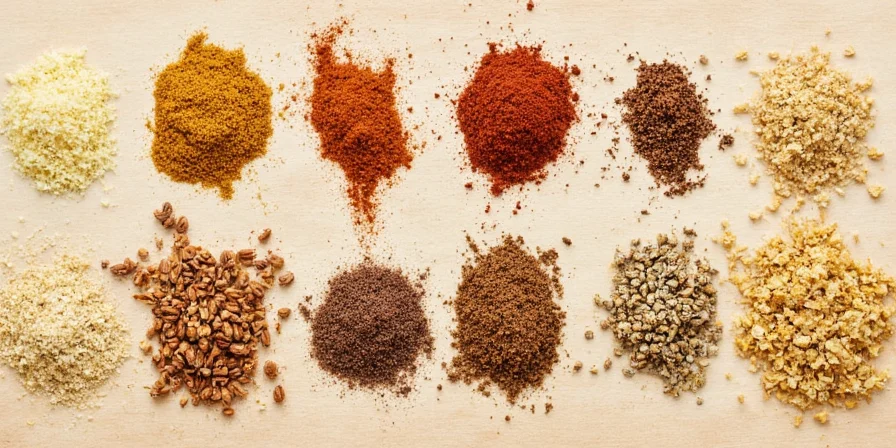
Frequently Asked Questions
Can I use these spice pairings in other dressings besides vinaigrette?
Absolutely. These spices integrate seamlessly into any oil-based dressing. For creamier bases like ranch or yogurt dressings, reduce liquid content slightly to maintain consistency when adding dry spices.
How long do spice-infused vinaigrettes last in the refrigerator?
Properly stored in a sealed container, most spice-infused vinaigrettes maintain optimal flavor for 10-14 days. Shake vigorously before each use. Avoid adding fresh herbs until serving to prevent bitterness.
Which spice pairing works best for delicate greens like butter lettuce?
Ground coriander creates the most harmonious balance for delicate greens. Its citrus notes enhance without overwhelming, while smoked paprika’s intensity may dominate subtle textures. Always use half the recommended quantity for tender greens.
Do these spices affect vinaigrette emulsion stability?
Finely ground spices generally improve emulsion stability by adding microscopic particles that help bind oil and vinegar. Avoid coarse grinds or whole seeds in shaken dressings—they can cause separation. For blender-prepared dressings, texture variations matter less.
Can I substitute fresh spices for ground versions in these pairings?
Fresh spices behave differently due to moisture content. For example, fresh coriander (cilantro) adds herbal notes but lacks the citrus depth of ground coriander. When substituting, use triple the quantity of fresh spice and add it after emulsification to preserve volatile compounds.

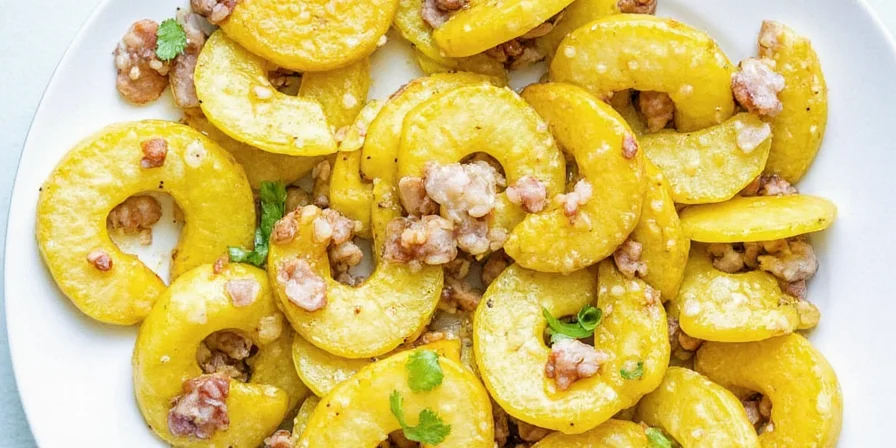









 浙公网安备
33010002000092号
浙公网安备
33010002000092号 浙B2-20120091-4
浙B2-20120091-4